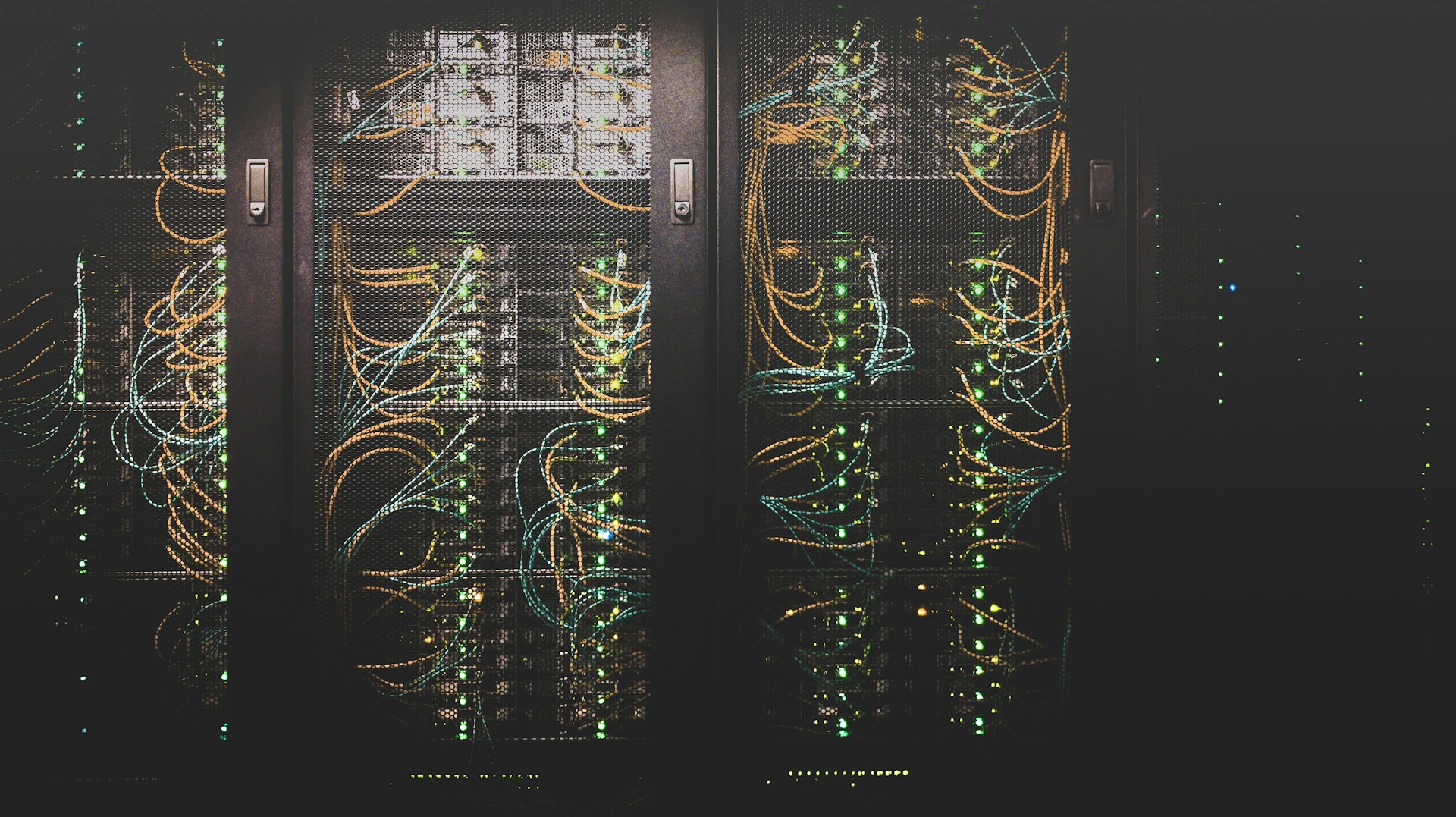
Learn the key differences between IPv4 and IPv6, their advantages, challenges, and how they shape the future of internet connectivity and scalability.
When you browse the web, stream a movie, or check your social media, your device communicates using something called an IP address. But did you know there are two main versions of these addresses – IPv4 and IPv6? While both do the same job of identifying devices on the internet, they differ in how they handle the growing demand for connectivity. Let’s explore their key differences, advantages, and what the future holds for both.
What Are IPv4 and IPv6?
To understand the distinction, think of the internet as a massive postal system. Every device needs a “home address” to send and receive information. IPv4 (Internet Protocol version 4) was the original addressing system launched in the early 1980s. It uses a 32-bit numerical format like 192.168.0.1, which allows for about 4.3 billion unique addresses.
However, as the number of internet-connected devices exploded, these addresses started running out. That’s where IPv6 (Internet Protocol version 6) comes in. Introduced in the late 1990s, IPv6 uses a 128-bit address format, written like 2001:0db8:85a3:0000:0000:8a2e:0370:7334, providing an almost limitless number of addresses – roughly 340 undecillion (that’s 340 followed by 36 zeros!).
The Key Differences Between IPv4 and IPv6
The table below summarizes the core distinctions between these two protocols:
| Feature | IPv4 | IPv6 |
| Address Length | 32 bits | 128 bits |
| Address Format | Numeric (e.g., 192.168.0.1) | Alphanumeric (e.g., 2001:db8::1) |
| Address Space | ~4.3 billion addresses | Virtually unlimited |
| Header Complexity | Simple, but less efficient | Simplified and faster routing |
| Security | Optional (IPSec not mandatory) | Built-in IPSec support |
| Configuration | Manual or via DHCP | Auto-configuration supported |
| Compatibility | Widely used | Still expanding adoption |
IPv6 isn’t just about more addresses – it also introduces better performance, integrated encryption, and improved packet handling. In simpler terms, it’s like upgrading from a two-lane road (IPv4) to a 16-lane highway (IPv6), reducing congestion and making traffic flow more smoothly.
Why IPv4 Still Dominates the Internet
Despite IPv6 being more advanced, IPv4 remains the backbone of the internet. The main reason? Compatibility and infrastructure. Most websites, servers, and applications were built on IPv4, and upgrading an entire global network takes time and money.
Businesses also continue to rely on IPv4 proxies for activities like web scraping, data analytics, and marketing automation. For example, you can get reliable and fast Proxys.io IPv4 proxies to ensure stable connections and accurate geolocation results. These proxies help companies operate efficiently even as the transition to IPv6 continues.
In many regions, IPv4 addresses have become scarce, leading to a secondary market where IP blocks are bought, sold, or rented. This scarcity has ironically made IPv4 addresses a valuable commodity.
The Rise of IPv6 and Its Benefits
IPv6 adoption is growing steadily, supported by large tech companies, ISPs, and mobile networks. Its benefits extend beyond just having more addresses:
- Enhanced Security: IPv6 was designed with IPsec (Internet Protocol Security) built in, providing better data integrity and authentication by default.
- Improved Efficiency: Thanks to simplified packet headers, IPv6 routers can process data faster, reducing latency.
- Auto-Configuration: Devices can automatically generate their own IP addresses without needing DHCP servers, simplifying network management.
- End-to-End Connectivity: Every device can have its own unique IP, removing the need for NAT (Network Address Translation) and improving peer-to-peer communication.
- Future-Proofing: With billions of smart devices, sensors, and IoT applications coming online, IPv6 ensures there will always be enough addresses for everyone.
Challenges in Transitioning from IPv4 to IPv6
Although IPv6 brings many improvements, the transition isn’t instant or straightforward. Here’s why it’s taking longer than expected:
- Infrastructure Costs: Upgrading network hardware and software requires investment.
- Dual Compatibility: Many systems must run IPv4 and IPv6 simultaneously, which increases complexity.
- User Awareness: End-users and small businesses often don’t notice or understand the change, delaying adoption.
- Slow ISP Rollout: Internet providers in some countries still prioritize IPv4 due to stability and compatibility concerns.
In other words, the world is in a hybrid state – IPv4 and IPv6 coexist, and many networks use “dual-stack” configurations that support both.
Which Is Better: IPv4 or IPv6?
There’s no simple winner. IPv4 remains reliable and widely supported, while IPv6 represents the inevitable future. If you’re managing an online business, both play a role in your success. IPv4 ensures compatibility across all systems, while IPv6 prepares you for emerging technologies and long-term scalability.
When to choose IPv4:
- When you need compatibility with older systems and websites.
- When you want consistent geolocation results for global applications.
- When your tools or APIs don’t fully support IPv6 yet.
When to choose IPv6:
- When setting up modern, high-speed networks or IoT environments.
- When scalability and performance are top priorities.
- When you’re working with ISPs or hosting providers that fully support IPv6.
Conclusion: The Internet’s Dual Future
IPv4 vs IPv6 isn’t a battle – it’s an evolution. IPv4 built the internet we know today, but IPv6 will carry it into the future. For now, both coexist, complementing each other as technology continues to advance. Whether you’re a business owner, developer, or network administrator, understanding the difference between them is key to staying connected and competitive in the digital world.
In short, IPv4 remains the workhorse, while IPv6 is the road ahead – wider, faster, and ready for the limitless growth of our connected planet.
Was this news helpful?






 Yes, great stuff!
Yes, great stuff! I’m not sure
I’m not sure No, doesn’t relate
No, doesn’t relate



